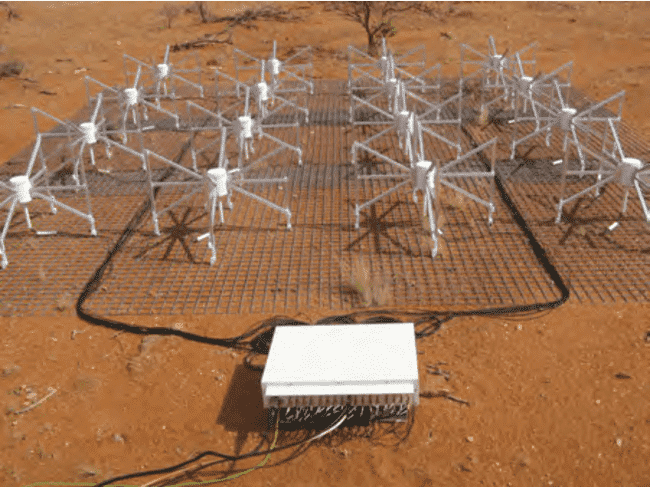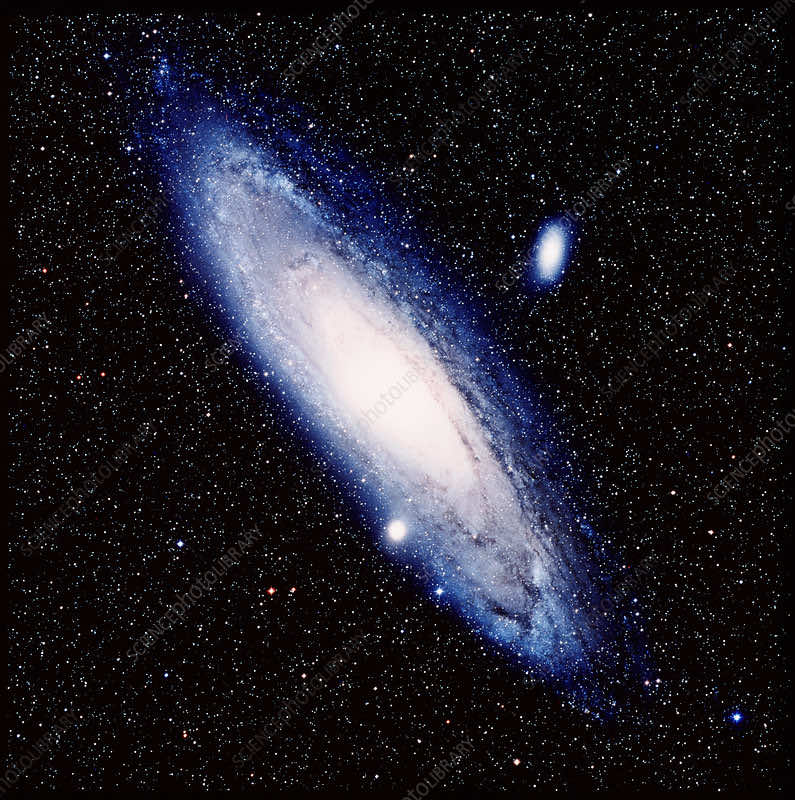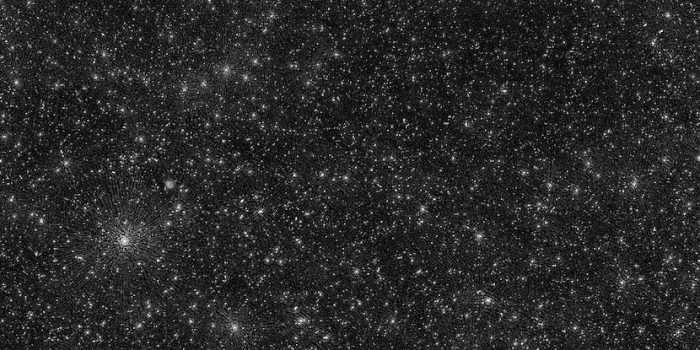Astronomers have spent about 7 hours collecting useful data with the aim to look for aliens in the galactic center. But unfortunately, they found nothing. They have used Murchison Widefield Array, a massive network of over 4000 antennas spread out over the Western Australian desert for this purpose.
According to their new paper, the team used the array to gather data while peering into the galactic center, focusing on Sagittarius A*, the suspected supermassive black hole at the core of the Milky Way.

Astronomers tried to find the technosignatures of space inhabitants at a frequency of 155 megahertz, which is the first search of its kind. According to CNET, astronomers mostly focus on lower frequencies.
“This is our largest population of known exoplanets within our four surveys with the MWA,” lead author Chenoa Tremblay, and researcher at the SETI Institute told the site.
As far as Exoplanets are concerned, they have remained a place of interest for scientists to look for signs of alien life. Only 38 known exoplanets were there in the same corner of the galaxy in 2013. The new search upped the total to 144.
According to scientists, they want to understand what is going on at the center of the galaxy, so there could be many more planets hiding in there. They don’t know the number of stars lurking there since there is a lot of cosmic dust.

A vast number of star systems have been covered theoretically with a bit of math by astronomers. Their research is actually based upon the previous survey that classified 3.3 million stars in the region. But it only accounts for a zone that is less than one percent of that covered by the MWA Survey.
“If we extrapolate this, we are covering billions of stellar systems out to the center of our Galaxy,” Tremblay told CNET.


